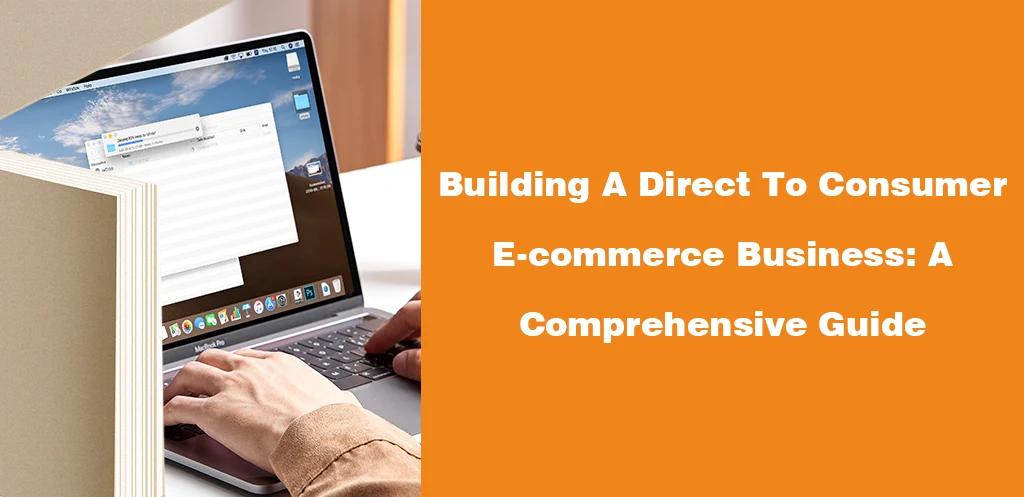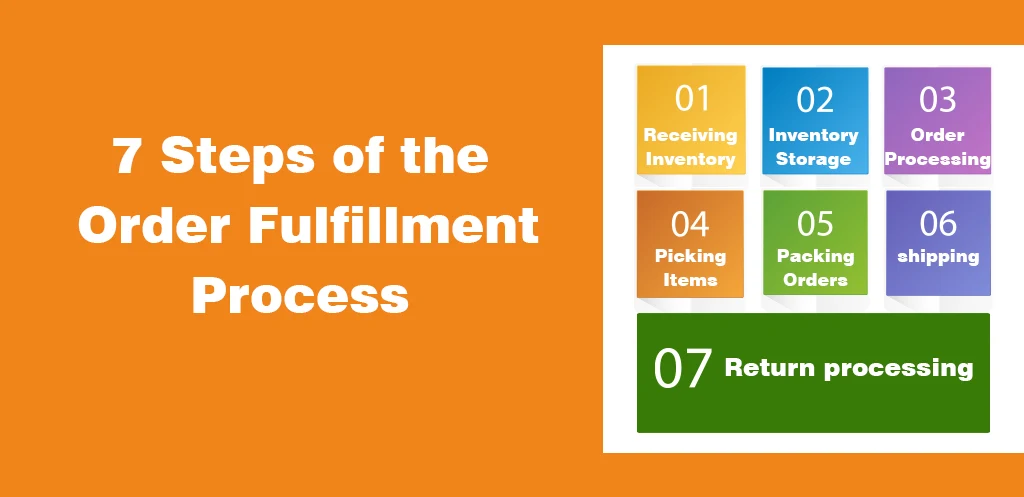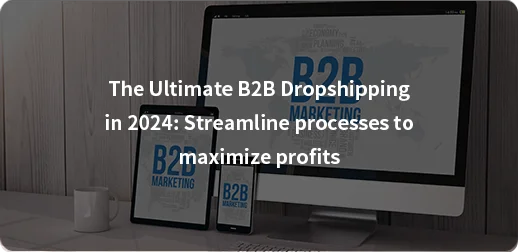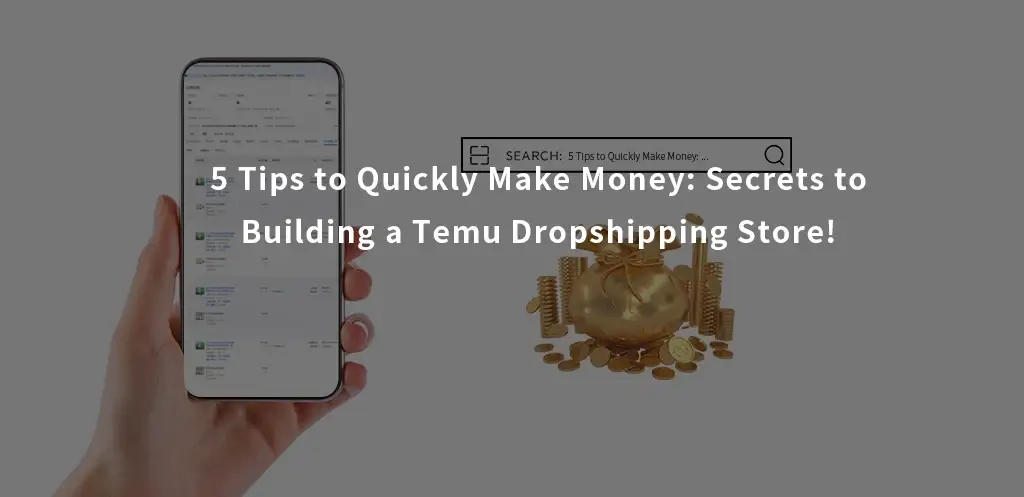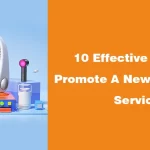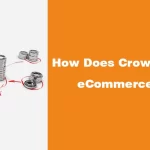You’re a D2C entrepreneur, and you’ve found yourself struggling with the challenges of growing a Direct-To-Consumer brand.
With a decade of experience in the e-commerce landscape, I, too, have struggled (and successfully navigated) the fierce competition, the need for product differentiation, customer acquisition difficulties, and order fulfillment hurdles that every beginner in this field faces.
Instead of letting you face these dilemmas alone, I’ve put together this guide to explain all you need to know about running a D2C company, from finding your voice in a competitive marketplace to acquiring and retaining customers, offering the right variety of products, and adapting to external market conditions.
So, if you’re ready to learn how to ensure sustained growth for your D2C company, pull yourself a chair and keep reading!
Challenges of Being a D2C Brand

Here, let’s talk about the challenges direct-to-consumer brands face:
Market saturation and increased competition
One of the major challenges of being a D2C brand is competition.
This study by Circuit shows that 85% of industry-leading businesses have pivoted to the D2C model, and 1 in 10 business executives plan to switch to D2C in 2023. So understand that, just like you, millions of entrepreneurs are out there targeting the same markets you’re interested in.
With this much competition from established brands such as Nike, Levi’s, etc., and lesser-known newcomers, you cannot develop a unique selling point that speaks to your ideal customer and differentiates you from the crowd.
Expensive advertising
Over the years, the cost of advertising on e-commerce platforms and social networks has steadily risen.
For example, the average cost of advertising on Amazon has increased from $0.71 in 2020 to $0.78 in 2021, $0.81 in 2022 and up to $1 in 2023. Meanwhile, the average cost per click on Facebook (now meta) has grown from $0.38 in 2020 to $1.92, according to Wordstream.
As a solution, I recommend exploring alternative ways to gain broad awareness and traffic, such as content marketing, user-generated content, and SEO, among others.
Evolving consumer behavior and expectations
A one-size-fits-all approach to customer satisfaction is incompatible with D2C. In today’s era of personalization, 60 percent of customers say they only become repeat shoppers when they undergo a personalized shopping experience.
In other words, customers are more likely to return and make additional purchases when shopping experiences are tailored to their preferences and needs. The implication is that D2C businesses should prioritize and implement personalized approaches to meet the expectations of modern consumers.
As the market becomes even more saturated daily, everyone tries their best to get their share of the D2C industry. One challenge brands face is that they have to deal with constantly changing consumer behavior and expectations. That means you can stay caught up if you are continually monitoring trends and engaging with your audience.
Do your best to focus on satisfying your customers’ needs without compromising on what makes your brand unique; otherwise, you could miss out.
Supply chain and fulfillment challenges
Another challenge D2C brand face is dealing with supply chain and fulfillment issues. How your business model is set up makes fulfillment and supply chains very important.
Losing a few days on an order can harm your brand reputation and limit your company’s growth. This is why you must invest a lot of time to ensure you always have inventory and that your fulfillment systems are solid.
Additionally, create contingency plans and diversify suppliers to ensure you’re never stranded. Your Supply chain is the backbone of your brand’s operations, so you need to do your best to mitigate the impact of shortages or mistakes that occur.
5 Ways That D2C Brand Can Keep Growing in Difficult Times

Now you know the sort of challenges that you have to face when building a D2C brand. So, let’s talk about what you can do to keep growing and build a thriving building.
Below are my five tips for building a D2C brand that works and makes you money.
Building a Strong Foundation with Good Web Design
Step one is building a strong foundation for your business. What does this mean?
Your D2C brand comprises several key factors, one of the most important being your website. This is your customers’ first point of contact with your store, so how functional and easy it is to navigate plays a large role in determining whether people decide to buy what you are selling.
To implement this, hire a professional web designer to develop an online storefront that’s easy to navigate and pleasant to sight.
Furthermore, have your site mobile optimized for the 60 percent of customers who buy products online with their phones and handheld devices.
Lastly, avoid slow loading times, confusing user experience, and lengthy or tedious checkout.
The first step to ensuring your D2C brand doesn’t stop growing is to build a strong foundation. What do I mean?
Your D2C brand comprises several key factors, but one of the most important is your website. This is your customer’s first point of contact with your store, so how functional and easy to navigate it is plays a large role. It’s like your D2C brand display outlet; sometimes, it determines whether people buy what you are selling.
Imagine if you walked into a messy, poorly lit shop with confusing signs—you’d turn right around, wouldn’t you?
That’s what a clunky website does to your potential customers.
How do you fix that? Well, you have to invest in a sleek, user-friendly website. It would help if you optimized for mobile because, let’s face it, we’re all glued to our phones. A smooth online experience keeps customers coming back. It’s like having a clean, well-lit shop that makes people linger.
Compete with An Authentic and Moving Brand Store
Consumers love buying from brands that understand them, speak their language, and seem genuinely interested in solving their problems. So, as a founder, you need to ask yourself;
- What do we really sell? (convenience, luxury, social responsibility, etc.)
- What emotions do you want your products to evoke?
- And, like Apple, Gucci, and others, how can you make your customers feel differently?
When you have the answers, channel them into developing a story for your company.
When brands can tell a real and affecting story about meaning and personal values, consumers are moved, and that’s what they’re looking for now. It makes consumers buy, return, pay full price, and tell their friends.
Let’s visualize this with an example of a sustainable clothing store.
To answer the first question, this clothing store sells the idea of social responsibility, so onto the next question. Obviously, they’ll want to communicate emotions such as:
- Obligation and responsibility to protect the earth
- Connection to a community of minded individuals
- And gratitude and pride in ethical consumption
Thus, to make their customers feel special or exclusive, this company might:
- Engage in suitable initiatives where a percentage of all sales goes to eco-friendly causes. They can now use this as a central point in their marketing materials in
- Offer limited edition product lines to emphasize that mass manufacturing and eco-sustainability don’t go together.
- Personalize the shopping experience with personalized suggestions and written notes congratulating them on purchasing.
Personalize the Experience for Your Customers

There are many ways to offer personalized shopping. Most of these begin with collecting customer data such as purchase history and preferences and purchase history to suggest products they might like, sending personalized offers, and using AI chatbots to provide customer service.
As you develop your personalized shopping experience approach, remember not to bombard your customers with irrelevant and out-of-place offers. This will only damage the experience you’re trying to establish, so make sure ads, recommendations, and emails are sent at appropriate times.
For example, an abandoned cart email is appropriate within a week of a customer abandoning it. Also, an offer for winter coats in a particular style isn’t appropriate during the summer, so you get the point.
Diversifying Product Offerings and Market Presence
Another way to keep your D2C brand growing is to not be a one-trick pony. Imagine if Starbucks only sold one type of coffee; after a while, very few people would want to stop by there. It’s the same for your brand. The larger the variety of your offerings, the longer you keep your customers interested.
Now, I’m not saying you should just randomly introduce new products. That’s the opposite of what you should do; even randomly releasing products will cause you more harm than good.
What you should do, however, is introduce new products or variants based on market research. Solicit customer feedback and analyze their purchase history to discover potential products that might kick with them.
Remember that Apple didn’t stop at iPhones. They ventured into wearables, services, and more. Your D2C brand should evolve like the tech giant, not stagnate like a forgotten Nokia.
Adapting to External Factors and Ensuring Resilience
One of the things about building a D2C brand is the ever-changing environment. From raw material shortages to shipping port congestion, spikes, and falls in demand, you need to focus on adapting to these events as quickly and effectively as possible.
How do you do that?
Well, start by developing contingency plans for issues you might face. For example, to prepare for supply disruptions, you might slightly over-stock an SKU that displays strong demand signals. Or, to prepare for shipping delays, you might communicate with multiple carriers to assess their premium shipping options.
Another thing you should do is stay informed. Keep your eyes and ears peeled for news about economic shifts and global events, such as holidays and pandemics, that can drastically affect supply and demand.
Conclusion
Building a thriving D2C brand isn’t easy, especially today, with the myriad of challenges you might face, from market saturation to high costs and even customers who can’t seem to tell what they want. Following these tips, you can still take your D2C brand to the moon.
Make sure that your website is always focused on the user experience. Do your best to gather, analyze, and make decisions based on accurate data rather than always relying on gut feelings.
Work on giving your customers an amazing experience. Do your best to give your target audience several choices, rather than just one, when they buy.
Then, above all, always be adaptable. Because, at the end of the day, it’s not just about reading these tips. It’s about being adaptable enough to change your strategy based on trends rather than sticking with one thing.
Regardless, keep these in mind when building your D2C brand. That way, you can be sure you’re starting on the right foot and setting your brand up for huge success.

